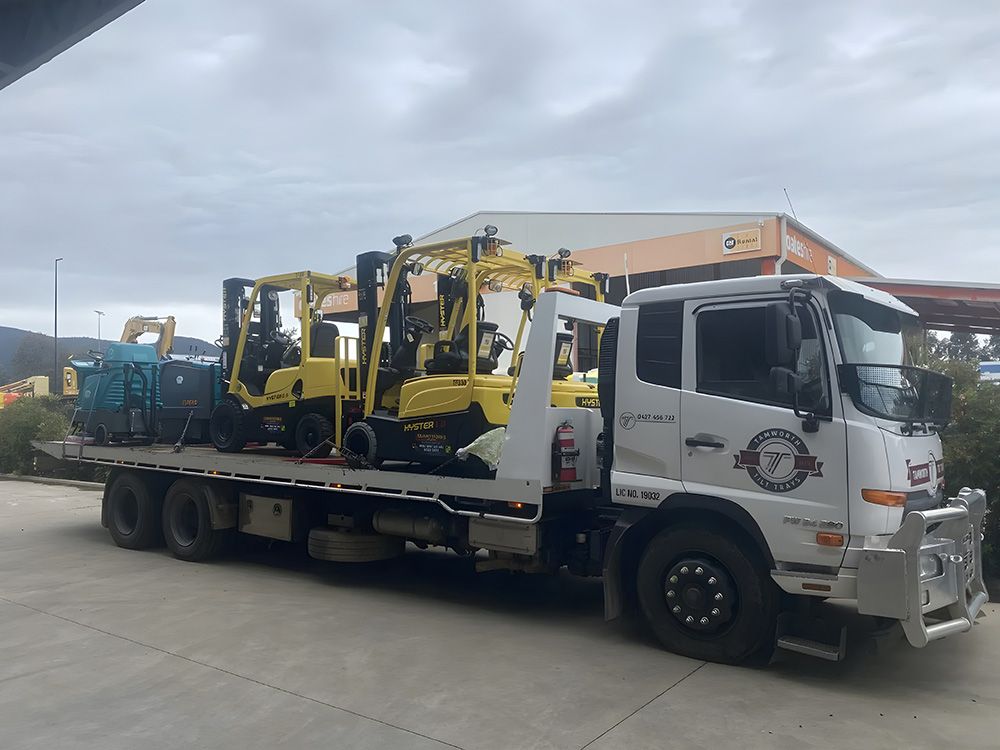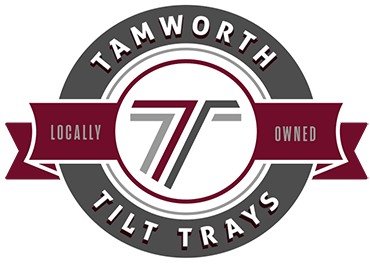Types Of Shipping Containers Commonly Transported In Regional NSW
In regional New South Wales, logistics are vital in supporting industries like agriculture, mining, construction, and retail. Whether moving machinery between sites or delivering fresh produce to distribution hubs, the choice of shipping container can make a significant difference. Shipping container transport in Tamworth requires careful planning—not just in the route or method of delivery but also in the container used.
With various container types available, each designed for different goods, terrain, and transport conditions, knowing which option suits your cargo can reduce delays, prevent damage, and improve cost-efficiency. Below, we explore the most common types of containers used throughout regional NSW and explain how they contribute to safer and smoother transport.
Standard (Dry) Containers: The Workhorse of General Freight
The most recognisable and widely used standard containers are enclosed metal boxes ideal for transporting a broad range of goods.
These containers are preferred in regional freight for several reasons, including:
- They provide excellent protection from weather, dust and road debris.
- Their lockable doors enhance security during long-haul transport.
- Available in 20-foot- and 40-foot lengths, they are versatile and easy to stack.
Shipping container transport in Tamworth often relies on these for construction materials, packaged products, and furniture, particularly because they suit both tilt tray and sideloader systems commonly used on regional roads.
High Cube Containers: Added Height for Bulkier Loads
High cube containers look like standard ones but offer an extra 300mm in internal height—an advantage for tall or top-heavy loads.
These containers are handy when:
- You need to transport tall items like vertical machinery or shelving systems.
- The cargo benefits from better airflow or stacking capacity.
- On-site container conversions (like mobile offices or workshops) require more headroom.
Although similar in length and width to standard containers, the extra height must be factored in when accessing rural properties with tree-lined driveways or low-hanging structures.
Refrigerated (Reefer) Containers: Keeping It Cool in Transit
Refrigerated containers—commonly called reefers—are essential for maintaining cold chain logistics when moving perishable goods such as fresh produce, dairy, or pharmaceuticals.
These containers are favoured in regional NSW because they:
- Offer temperature control from below freezing to ambient cooling, protecting sensitive cargo.
- Allow long-distance transport without compromising product integrity.
- They are well-insulated and powered to operate continuously during transit.
However, they require reliable power sources, and transport providers must ensure their vehicles are equipped to accommodate these needs.
Open-Top Containers: Easier Vertical Loading
Open-top containers offer a practical solution when cargo can’t be loaded through standard end doors. These containers have removable tops, usually covered with tarpaulins, making them ideal for oversized or awkwardly shaped loads.
These are frequently used for:
- Loading heavy goods like timber, steel pipes or mining equipment from above using cranes.
- Transporting cargo that slightly exceeds normal container height limits.
- Jobs that require quicker loading and unloading times at the site level.
While open-top containers offer convenience, it’s important to ensure the load is correctly secured and covered to prevent exposure to weather and road debris.
Flat Rack Containers: Built for Bulk & Unusual Shapes
Flat rack containers provide a base platform with foldable end walls and no sides or roof for heavy-duty freight or items that can’t fit within a boxed container.
Flat racks are essential when:
- You’re moving large-scale farming equipment or prefabricated structures.
- Machinery or industrial components exceed the width or height of standard containers.
- Crane lifting or multi-angle strapping is needed for load stability.
Because of their exposed nature, cargo on flat racks must be properly secured, and permits must often be required for oversized transport.
Tank Containers: Moving Liquids Safely & Efficiently
Transporting bulk liquids like fuel, fertilisers, or food-grade materials requires cylindrical tank containers built within a container frame.
These tanks offer distinct advantages, especially in regional operations:
- They meet strict standards for the safe transport of dangerous or sensitive liquids.
- Efficient design allows maximum capacity within road limits.
- Tanks are easy to load and offload with compatible equipment.
Compliance is crucial here, especially with hazardous substances, making experienced transport handling essential.
Side-Opening & Tunnel Containers: Flexible Loading Options
Side-opening and tunnel containers (which open at both ends) are designed for easier access, especially in tight loading environments.
These specialised containers are often used when:
- Forklift access is restricted to the side or when end-door loading isn’t feasible.
- Faster turnaround is needed, especially with palletised goods.
- Multiple access points reduce handling time and the risk of damage.
For regional sites with space constraints, side access can save considerable time during deliveries or pickups.
Double-Door & Pallet-Wide Containers: Optimised for Warehousing and Retail
Double-door containers allow full-width access at both ends, while pallet-wide containers are slightly wider internally to accommodate standard Australian pallets more efficiently.
These containers benefit local businesses by:
- Streamlining warehouse operations with quicker access to stock.
- Reducing loading times due to better space utilisation.
- Providing flexibility for logistics operations dealing with high turnover goods.
They’re popular for retail chains and agricultural supply networks needing high-volume, accessible container space.
Choosing the Right Container Matters More Than You Think
Each container type serves a unique purpose. Making the wrong choice can lead to costly delays, safety risks, and logistical headaches. That’s why it’s crucial to:
- Understand your cargo type—weight, shape, fragility, and value.
- Consider the destination’s road conditions and access limitations.
- Match your container choice to the most suitable transport method—tilt tray, crane lift or sideloader.
In regional NSW, these decisions are amplified by long distances, rugged terrain, and limited infrastructure at remote delivery sites. Having the correct container from the outset avoids reloading, repacking or regulatory issues.
Ready to Move? Let’s Talk Containers
At
Tamworth Tilt Trays Pty Ltd, we specialise in shipping container transport, offering solutions tailored to your freight type, access requirements, and delivery schedule. Our tilt tray fleet can carry loads up to 12 tonnes, and we service all of NSW with safety, efficiency, and local knowledge. Whether you’re moving a site office, machinery, refrigerated goods or general freight,
we can help you select the right container type and handle the transport from start to finish.
Get in touch via our contact page to discuss your next container move and receive a customised quote.






